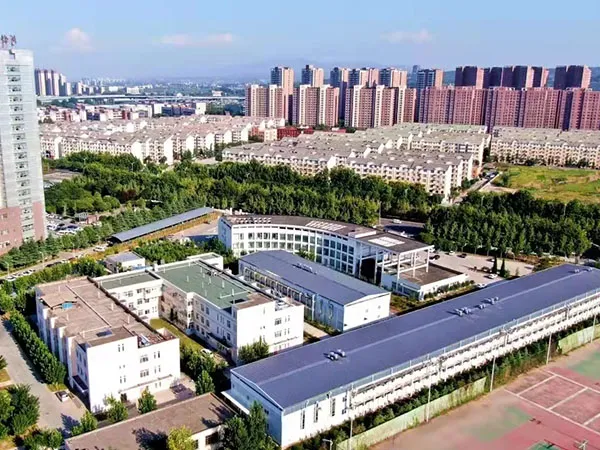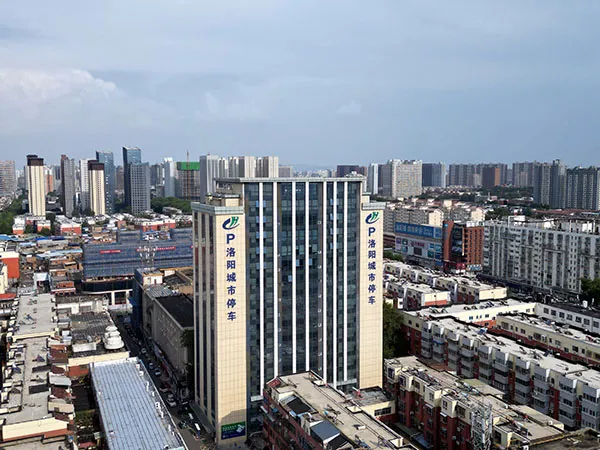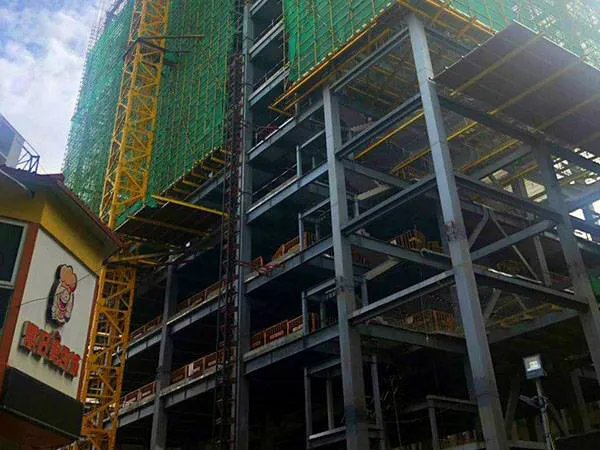Time:2025-10-13 03:24:46 Source:Sanjian Meichen Steel Structure
In today's city skylines, towering high-rise buildings have become a symbol of modernization and economic vitality. Supporting these magnificent structures requires not only advanced design concepts but also a strong and reliable structural system. Among the many structural options, steel structures are increasingly becoming the preferred choice for high-rise buildings due to their unique advantages.

This article will delve into the many benefits of using steel structures in high-rise buildings, helping you understand why this material has the potential to transform our urban landscape.
Steel is renowned for its unparalleled strength-to-weight ratio. This means that for the same load-bearing capacity, steel structures require less material and are lighter overall. In high-rise buildings, structural deadweight is a key design consideration. Lighter structures can reduce foundation loads, thereby reducing the complexity and cost of foundation engineering. Steel's unit strength is 5-10 times that of concrete, while its weight is only one-third of that of concrete structures. This high strength-to-weight ratio allows for significantly smaller component cross-sections under the same load conditions. For example, Q355 steel boasts a yield strength of ≥355 MPa and a tensile strength of 470-630 MPa, making it easy to achieve ultra-large spans of 30 meters.
Furthermore, steel exhibits exceptional toughness, allowing it to withstand significant plastic deformation without suffering brittle failure. Under extreme loads such as earthquakes, steel structures absorb and dissipate energy through deformation, effectively improving the building's seismic performance and providing greater safety for occupants.
As a professional steel structure manufacturer, Sanjian strictly adheres to the GB 50011 seismic resistance standard when designing steel structures, ensuring safety in intensity-9 fortified areas. Its performance has been internationally verified.
Steel structural components are typically prefabricated in factories and then transported to the construction site for assembly. This industrialized production model significantly reduces on-site construction time and avoids the lengthy curing period required for traditional concrete structures. Prefabricated components utilize standardized modular designs and are factory-produced, reducing on-site construction workload and construction time by 30%-50%.
Prefabricated steel structural components are being fabricated in the factory.
Thus, using steel structures can significantly shorten the overall construction cycle, enabling projects to be commissioned more quickly, saving developers time and money.
Prefabrication: Construction cycles are shortened by 30%-50% compared to concrete.
BIM accuracy: ±1mm tolerance and collision detection.
Labor savings: 40% fewer steps compared to traditional methods.

Steel structures offer architects and designers greater creative freedom. Steel's high strength enables the construction of larger spans and more open spaces, reducing the need for internal support columns. This means that the interior spaces of high-rise buildings can be more flexibly arranged, providing spacious, unobstructed views, whether for office, residential, or commercial use.
The steel structural frame of a modern high-rise building is under construction, showcasing its open and flexible interior design. At the same time, the slenderness of steel structures also allows for lighter and more transparent building facades, adding a unique visual aesthetic to cities.
With the increasing emphasis on sustainable development, steel structures also demonstrate their environmental advantages. Steel is a recyclable material with a recycling rate exceeding 98%. At the end of a building's lifecycle, steel structural components can be recycled and reused, and fully recycled after demolition. This significantly reduces the waste rate of concrete structures, which is only 50%, thereby reducing the consumption of natural resources and the generation of waste.
Furthermore, since steel structure construction involves less wet work, it also causes relatively less environmental pollution. Faster construction speeds and lighter structures also mean less energy consumption and carbon emissions.
Quantitative data shows that 1 ton of recycled steel can reduce CO₂ emissions by 1.5 tons. Electric arc furnace steelmaking reduces emissions by 75% compared to traditional processes, meeting the "dual carbon" policy and the requirements for low-carbon buildings.

Steel structural components are produced in a factory environment, ensuring stricter and more precise quality control. This helps ensure that all components meet design standards, thereby enhancing the reliability of the overall structure. With proper anti-corrosion treatment, steel structures have an extremely long service life, resisting the ravages of weather and environmental factors, reducing the frequency and cost of ongoing maintenance.
In summary, the application of steel structures in high-rise buildings not only offers superior structural performance but also demonstrates significant advantages in construction efficiency, design flexibility, environmental sustainability, and quality control. With the continuous advancement of technology, steel structures will undoubtedly play an increasingly important role in future urban development, helping us build safer, more efficient, and more beautiful urban spaces.